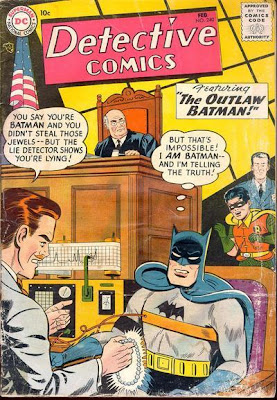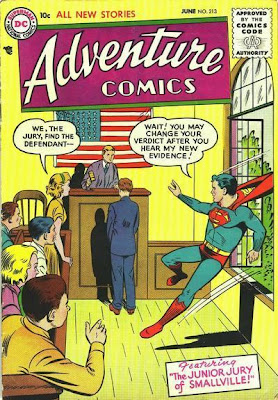Hot Coffee Case Dismissed in Louisiana
Today, we examine the question whether anyone in the United States is unaware that coffee is served hot enough to burn skin. While any reasonable person is aware that coffee is, in fact, hot, Gerald Colbert thought it was 1992 again and sued Sonic Restaurants because it “failed to warn him and other customers of hot coffee, failed to keep its coffee at a proper temperature and failed to make sure its coffee cups were in a safe condition.” Colbert alleged that he received second degree burns through “his blue jeans in his groin area, stomach/abdomen area and thigh.” Thankfully, Judge Stagg, in granting summary judgment against Colbert in Colbert v. Sonic Restaurants, No. 09-1423, 2010 WL 3769131 (W.D. La. Sept. 21, 2010) did not have to discuss any damages discovery. While we occasionally poke fun at litigiousness, the following are some things that struck me about this case:
1. This case was filed and state court and removed. Therefore, I assume that Colbert was forced to concede that he suffered over $75000 damage to his “groin area.” I also assume that the parties thought that use of the phrase “groin area” was appropriate. Use of the phrase “groin area” only makes this suit seem more comical. Can’t we all agree that a groin is a groin without appending the word “area?” We get it.
2. Only in law do we have to assess whether someone is a “sophisticated user” of hot coffee:
The summary judgment evidence in this case clearly classifies Colbert as a sophisticated user of Sonic’s coffee. Colbert testified during his deposition that he is a regular coffee consumer and that he has purchased coffee from Sonic numerous times prior to the incident. . . . In fact, Colbert admitted during his deposition that he has previously spilled hot coffee on himself.
Think about what went in to getting this admission. Case was filed, answered, written discovery served, discovery reviewed, deposition prep on both sides, and Colbert drove himself to the attorney’s office, probably with coffee in hand, and knew that he had no cogent, helpful answer for when he would be asked the question whether he had spilled coffee on himself.
3. In response to the summary judgment motion, Colbert came forward with his own affidavit, which apparently struck his lawyer as the best (or cheapest) way to respond. Colbert then turns into part scientist, part logician to come up with this (paraphrased) Aristotelian formulation of a syllogism: Premise 1. Water boils and turns to steam at 212 degrees Fahrenheit. Premise 2. I observed steam coming from my coffee. Conclusion – My coffee was 212 degrees Fahrenheit. Uh, no. I’ve never had a cup of coffee at a roiling boil. You haven’t either.
It’s not 1992. I think everyone is aware that coffee is hot everywhere and not just at McDonald’s. Colbert imposed systemic costs on the courts, as well as all of us who enjoy the wonderful fare offered by Sonic. It’s hard to know whether this is an economically efficient result, since we can’t really know if this case will deter any other sophisticated users from coffee litigation, but in the short run, lots of money was spent defending a meritless claim. Congratulations, Sonic, in choosing justice over economics.
















 Apparently not. In fact, there are so many people who have had this happen that some smart plaintiff’s lawyer filed a putative class action for them, perhaps hoping to get new $2,000 TVs for everyone. Or at least new $1.99 wrist straps.
Apparently not. In fact, there are so many people who have had this happen that some smart plaintiff’s lawyer filed a putative class action for them, perhaps hoping to get new $2,000 TVs for everyone. Or at least new $1.99 wrist straps.


